Politics
Netherlands sets global standard in flood defence and water management
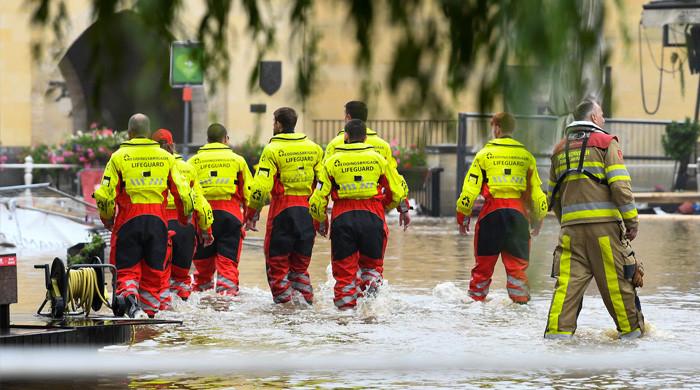
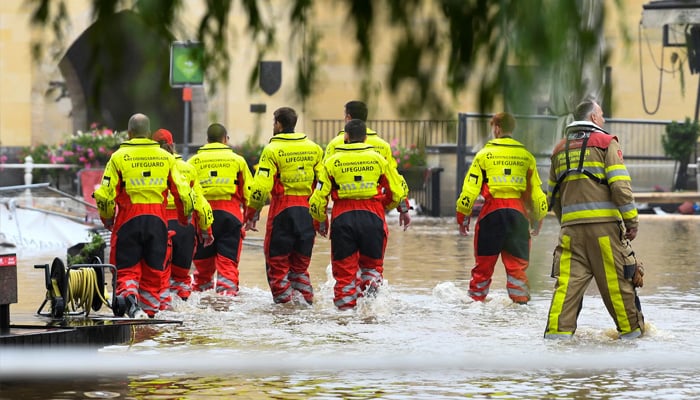
The Netherlands has emerged as a world leader in protecting land from rising waters, investing up to 1.3 billion euros each year to maintain an extensive system of dikes, polders, canals, windmills, concrete barriers and embankments that keep floods at bay, The News reported citing a research.
Moreover, artificial dwelling hills or Terpins have also been built to increase the land elevation.
Similar to Bangladesh, the Netherlands has also created a scheme that alerts citizens of possible floods 24 hours before the otherwise uncontrollable waters hit the country.
The anti-flood system they have built over decades is on a scale unmatched anywhere else in the world.
The Dutch have also built a giant sea gate guarding the port of Rotterdam, the largest port in Europe, and a c rucial hub for industries of all sorts.
A media house maintained: “The gate has two curved arms; each as tall and twice as heavy as the Eiffel Tower. When needed, they swing out into the water to lock together and sink to the bottom, forming a 22-meter-high wall against the sea. The barrier is one of the largest moving structures on Earth; its two ball-and-socket joints, anchored in the embankment on either side of the canal, weigh 680 tonnes each.”
From 1962 until 2004, the 31,500-acre Rotterdam was the world’s busiest port by annual cargo tonnage. It was overtaken first in 2004 by the port of Singapore, and later by Shanghai and other very large Chinese seaports.
In May 2019, global investors had enthusiastically embraced a national Netherlands 5.98 billion-Euro Green Bond designed to fund projects to cope with current and future climate change impacts and an advanced low-carbon economy.
Much of the bond focused on using coastal and river ecosystems as a safeguard for negative climate impacts such as high flood risk.
Investors responded to the bond immediately, oversubscribing the issuance by more than 15.2 billion Euros!
Although global warming can overwhelm the measures the Netherlands has taken to control floods, the risk of these water-related disasters has been reduced from once every 100 years to once every 1,250 years.
The region has a long history of devastating floods that continually reshape the land. For more than 1,000 years the residents of this region have devised ways to reclaim land from encroachment by the sea.
The Rhine, Meuse and Schelde are Holland’s three chief rivers.
The densely-populated Netherlands or Holland is known for its low elevation and approximately two-thirds of its area is vulnerable to flooding.
While 15 million people in the Netherlands live below the sea level, the river Rhine and its tributaries, the Meuse and the Mosel, have often attacked Holland, Belgium and Luxembourg.
The first river dikes had appeared near the river mouths in the 11th century, where incursions from the sea added to the danger from high water levels on the river.
The 17th and 18th centuries were a period of many infamous river floods resulting in much loss of life. They were often caused by ice dams blocking the river. Land reclamation works, large willow plantations and building in the winter bed of the river all worsened the problem.
The “Encyclopedia Britannica” states: “The first Dutch food in 1287 had caused more than 50,000 casualties. A significant percentage of the country’s population perished in the disaster, and it has been rated as one of the most destructive floods in recorded history. Called the St Lucia flood, this event also created direct sea access for the village of Amsterdam, allowing its development into a major port city.”
The 1421 floods had killed up to 10,000 people.
In more recent history, February 1953 had seen one of the biggest natural disasters hitting the Netherlands ever, killing 2400 humans.
Around 770 square miles of southern Holland were inundated, forcing tens of thousands to flee.
Many were overtaken by the icy waters as more and more flood walls failed. The storm also devastated parts of England, Belgium and Germany.
Urbanisation is one of the major causes of flooding in Netherlands.
The urban population here accounts for 82.9% of the total population. A lot of buildings, roads, and cities have thus been built over the course of centuries, leading to destruction of vegetation, hence reducing the interception of rainfall when a storm is to occur.
Additionally, the excessive use of tar and cement to pave roads and sidewalks inhibit water from infiltrating the soil, which increases the chances of surface runoff.
These artificial structures are impermeable, and water is forced to flow back into the ocean through surface runoff, increasing the peak discharge in the area. Due to this, the lag time for water to flow back into the ocean has decreased, increasing the chances of flooding.
Due to land reclamation, areas close to the shoreline become more prone to coastal waves. Erosion takes place resultantly and the fast-sinking land leads to floods.
And then for the sake of urbanisation and providing land for agriculture and ploughing, deforestation has taken place.
Being the world’s second largest exporter of agricultural products, agriculture plays an immense role in the Netherlands’ economy. Presently, over 70% of the country’s land is used for agricultural purposes.
The Guardian reported that the low-lying Netherlands has been fighting back water for more than 1,000 years, when farmers built the first dykes.
“Windmills have also been pumping the stuff off the land since the 14th century. One of the most densely populated countries on the planet, 60% of the Netherlands is vulnerable to flooding, and its peat-rich agricultural soil is subsiding even as climate change is raising sea levels. The country’s universities are producing some of the world’s best water engineers and managers and it is exporting its expertise abroad; the Dutch government has advised on water governance projects in China, Africa and Australia,” the report stated.
Meanwhile, The British newspaper revealed “there are no financial packages for people who have to move.”
It quoted a government official as saying: “They get the market value of their house and that is all. We will help them find another place, but not financially. The only thing we do is to make sure that they do not lose money.”
Politics
Bangladesh suspends consular, visa services in Delhi as ties worsen
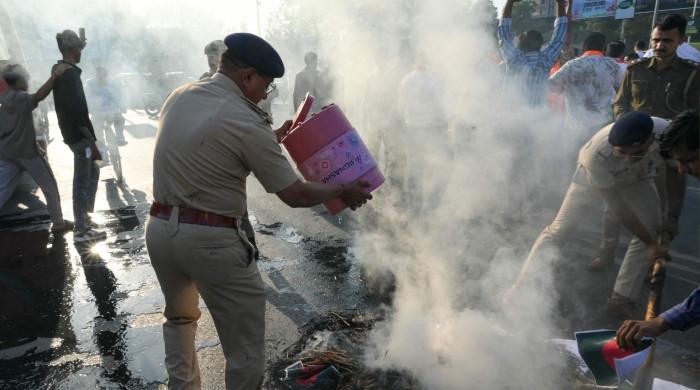
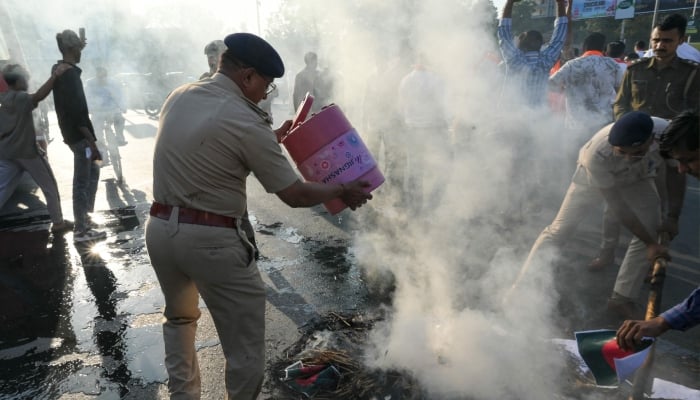
- Agartala assistant mission services also halted.
- Suspension remains until further official notice.
- Dhaka says closures due to “unavoidable circumstances”.
Bangladesh has suspended consular services and visa operations at its High Commission in India’s New Delhi, following a protest which Dhaka described as “unjustifiable” and “highly regrettable”.
In addition to suspending services at its High Commission in New Delhi, Bangladesh has also stopped consular services at the Assistant High Commission in Agartala, according to Bangladesh’s Dhaka Tribune.
The services will remain suspended until further notice by the Bangladeshi officials, the publication reported.
India’s ANI also reported a formal notice posted at the High Commission in Delhi regarding the closure.
“Due to unavoidable circumstances, all consular and visa services at the Bangladesh High Commission in New Delhi have been temporarily suspended until further notice,” the publication quoted the notice as saying.
The closure of the consular services comes following a protest held outside the Bangladesh HC under the banner of “Akhand Hindu Rashtra Sena”, which New Delhi said was against the killing of Dipu Chandra Das and for the protection of minorities in Bangladesh.
Das, a garment factory worker, was beaten to death on December 18 in Bangladesh’s Mymensingh, on allegations of blasphemy, after which his body was also set ablaze, reported Prothom Alo.
Bangladesh’s Ministry of Foreign Affairs rejected India’s explanation, saying that the protest cannot be labelled “misleading propaganda”.
“The miscreants were allowed to carry out their activities right outside the perimeters of the HC, creating panic among the personnel inside the complex,” said Bangladesh’s foreign office.
Relations between the two nations worsened after the killing of prominent Bangladeshi student leader Sharif Osman Hadi.
Hadi, 32, was shot in the head by masked assailants in Dhaka while launching his campaign for the elections. He was a spokesperson for the Inquilab Mancha, or Platform for Revolution, and participated in the protests that overthrew Hasina.
Following his death, mobs attacked the Indian Assistant High Commission in Chittagong, as well as setting fire to multiple newspapers’ outlets in Dhaka, accusing them of favouring India, where Bangladesh’s ousted PM Sheikh Hasina has taken refuge since fleeing Dhaka in the wake of the 2024 uprising.
Politics
Iran says missile programme defensive, non-negotiable
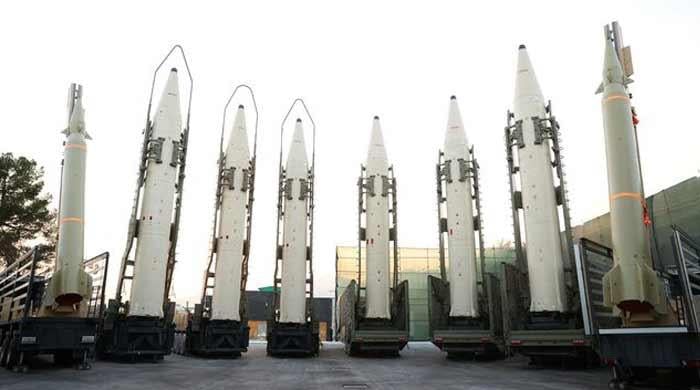
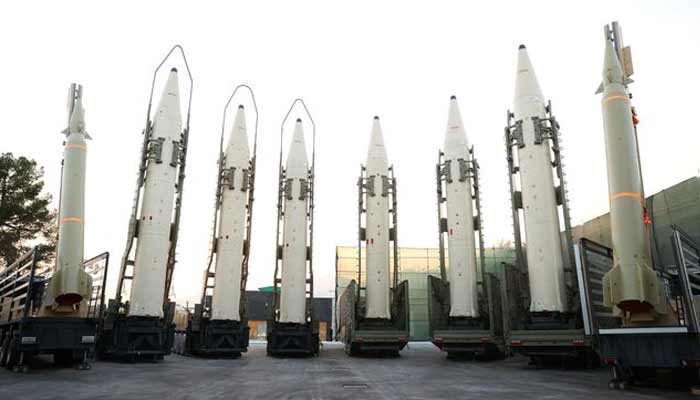
- Iran’s defence capabilities designed to deter aggressors: official.
- Israel expresses concern over Iran’s missile production: report.
- Israel seeks to attack it again to curtail those efforts, says report.
Iran insisted on Monday that its missile programme was defensive in nature and designed to dissuade attack, while adding that the existence of its arsenal was not up for debate.
Israel had presented Iran’s ballistic missiles, along with its nuclear programme, as the two main threats it sought to neutralise during the 12-day war the foes fought in June.
“Iran’s missile programme was developed to defend Iran’s territory, not for negotiation,” foreign ministry spokesman Esmaeil Baqaei said at a weekly press conference.
“Therefore, Iran’s defence capabilities, designed to deter aggressors from any thought of attacking Iran, are not a matter that could be talked about.”
Iran’s ballistic capabilities put Israel within striking distance, and after Israel’s unprecedented attacks that sparked the war in June, Tehran responded with waves of missiles and drones launched at Israeli cities.
According to US broadcaster NBC, Israel is growing increasingly concerned that Iran is seeking to rebuild and expand its missile production following the war, and may seek to attack it again to curtail those efforts.
During a planned visit to the US later this month, Israeli Prime Minister Benjamin Netanyahu “is expected to present US President Donald Trump with options for the US to join or assist in any new military operations”, NBC reported, citing an unnamed source with direct knowledge of the plans and former US officials briefed on them.
Over the course of the recent war, Israel struck military sites, nuclear facilities and residential areas, killing more than 1,000 people.
Israel reported more than 50 Iranian missile strikes inside its territory that killed 28 people.
The US briefly joined its ally in striking Iran’s nuclear facilities before declaring a ceasefire.
Iran once procured much of its weaponry from the United States, but following the break in diplomatic relations after its 1979 Islamic revolution, it had to develop its own domestic arms industry.
Politics
2025 marks decisive reset in Pakistan-US ties: Washington Times
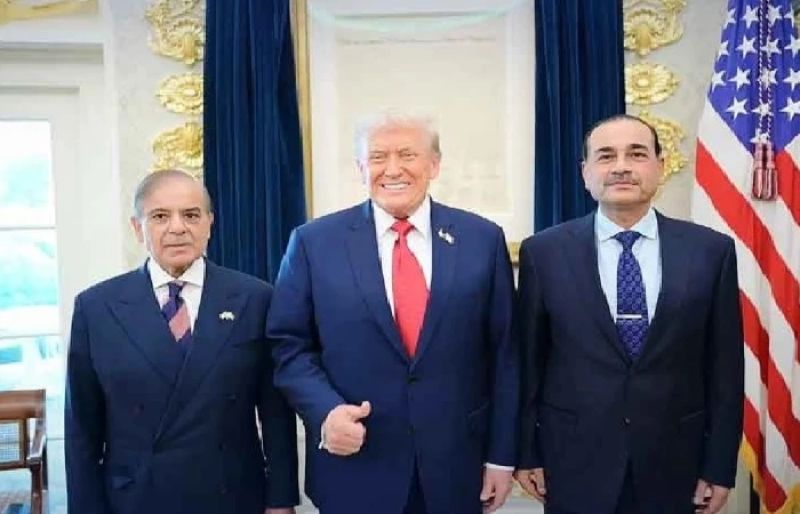
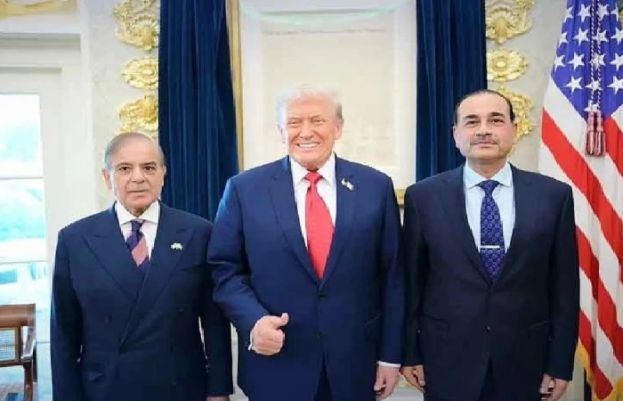
The Washington Times has described 2025 as a turning point in Pakistan–US relations, citing what it called a dramatic shift in Washington’s approach.
The newspaper said President Donald Trump abandoned the long-standing “India First” policy and elevated Pakistan’s strategic importance, a change it linked largely to the May conflict between Pakistan and India.
In May 2025, following India’s unprovoked attacks, Pakistan launched a calibrated military response, Operation Bunyanum Marsoos, targeting Indian troop concentrations, air assets, and key command infrastructure. Retaliatory strikes neutralized over 26 high-value installations across five Indian states, including missile silos, air defence systems, logistics hubs, and communications networks.
Pakistani drones and cyber operations further disrupted India’s energy grids, rail networks, and surveillance systems, while multiple Rafale jets were reportedly shot down. The operation demonstrated Pakistan’s military discipline, precision, and strategic reach, sending a clear message that its airspace and national sovereignty would not be violated.
The article provides a special analysis of the growing rapport between Chief of Defence Forces, Field Marshal Syed Asim Munir and President Trump, describing Pakistan’s transformation from an “undesired state” to a key partner. Its rapid image-building and opinion shift in Washington are described as rare and unique, positioning Pakistan as a central pillar of Trump’s South Asia policy.
Earlier, during his official visit to the United States, Field Marshal Munir praised President Trump for helping prevent “many wars,” including brokering the May Pakistan-India ceasefire.
Addressing the Pakistani diaspora, he highlighted Pakistan’s diplomatic successes, warned against any future Indian aggression, and reaffirmed that Indian Illegally Occupied Jammu and Kashmir remains an internationally recognized dispute. The military chief also held high-level engagements with US military and political leadership, emphasizing strengthened bilateral cooperation, regional security, and counterterrorism collaboration.
Initially, Washington had sought to strengthen India through platforms like the Quad, sidelining Islamabad. However, India’s political climate, restrictions on personal freedoms, uneven military performance, and diplomatic rigidity cast doubt on its role as a regional stabilizer.
The first thaw in Pakistan-US relations came via secret counterterrorism exchanges, signaling substantive cooperation. In March, Trump unexpectedly praised Pakistan’s counterterrorism efforts during a national address, prompting a policy shift.
Islamabad seized the opportunity, turning limited cooperation into strategic gains. Engagement increased, and the bilateral relationship evolved from transactional to strategic. The short but intense May skirmish with India became a decisive turning point, showcasing Pakistan’s military discipline, strategic focus, and asymmetric capabilities – qualities that reportedly surprised Trump.
The article also highlights historic engagement between Trump and Field Marshal Munir, including their first-ever luncheon meeting for a Pakistani military chief and Munir’s red carpet visit to US Central Command Headquarters for high-level talks. Advisers described their relationship as a “budding bromance,” with Munir emerging as a disciplined, strategic, and carefully image-managed figure in Washington. Pakistan also leveraged this attention with light diplomatic gestures and public relations moves, further boosting its standing.
US President Donald Trump called the visit an “honour,” praising Munir for helping avert further escalation between Pakistan and India. The meeting discussed the recent Middle East conflict, Pakistan’s understanding of Iran, and regional security issues. Trump credited Munir’s leadership in securing the May ceasefire, calling it a major contribution to preventing war between the nuclear-armed neighbours, and noted that the luncheon marked the first time a US president hosted a Pakistani army chief unaccompanied by civilian officials.
By early 2026, The Washington Times notes, Pakistan sits at the center of Trump’s emerging grand strategy for South Asia and the Far East. It offers Washington discreet channels to Iran, a potential role in Gaza, and a subtle counterweight to China’s regional influence. Islamabad has re-established itself as a serious regional actor, reshaping US policy and rewriting the balance of power in South Asia.
-

 Business1 week ago
Business1 week agoStudying Abroad Is Costly, But Not Impossible: Experts On Smarter Financial Planning
-

 Business1 week ago
Business1 week agoKSE-100 index gains 876 points amid cut in policy rate | The Express Tribune
-

 Fashion5 days ago
Fashion5 days agoIndonesia’s thrift surge fuels waste and textile industry woes
-

 Sports1 week ago
Sports1 week agoJets defensive lineman rips NFL officials after ejection vs Jaguars
-
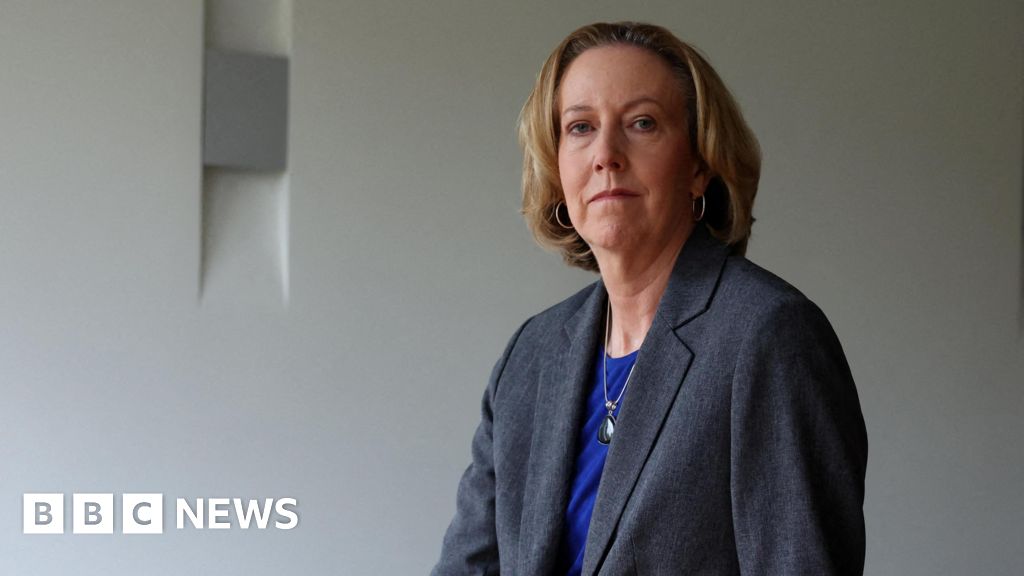
 Business5 days ago
Business5 days agoBP names new boss as current CEO leaves after less than two years
-
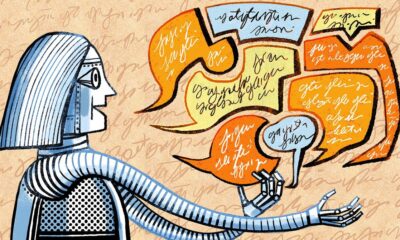
 Tech1 week ago
Tech1 week agoFor the First Time, AI Analyzes Language as Well as a Human Expert
-

 Entertainment1 week ago
Entertainment1 week agoPrince Harry, Meghan Markle’s 2025 Christmas card: A shift in strategy
-
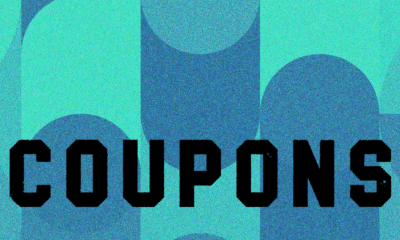
 Tech5 days ago
Tech5 days agoT-Mobile Business Internet and Phone Deals






